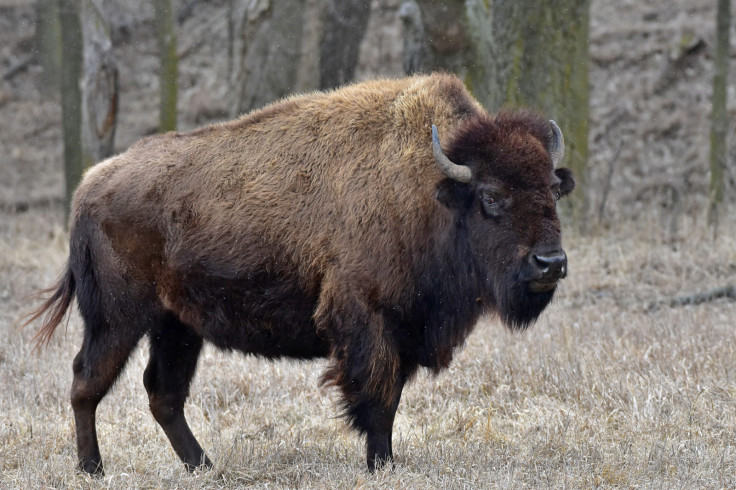Ancient bison fossil reveals US national mammal 'invaded' North America 195,000 years ago
Bison arrived in North America via the Bering Land Bridge and had dispersed across the continent within 20,000 years.

Bison arrived in the US up to 195,000 years ago via the Bering Land Bridge which, at one point, joined Siberia to North America. The bison, which last year became America's first national mammal, had colonised the country within 20,000 years of its arrival – becoming one of the most successful large mammal dispersals over the last million years.
The arrival of bison in North America from Asia was a major event in the history of the continent. It caused a major upheaval among the already established large mammal community and would go on to play a major role in the lives of humans living there. Yet exactly how and when they arrived is not well understood.
Scientists have now announced the discovery of a bison fossil dating back 130,000 years – the oldest reliably dated specimen ever to be discovered in North America.
Publishing their findings in the journal PNAS, the team analysed the DNA from the fossil and compared it to 44 other bison from Siberia and North America. This allowed them to work out when bison arrived in America and started to diverge from their Asian counterparts.
They were able to create a "robust timeline" for the entry and evolution of bison in North America, showing they arrived between 195,000 and 135,000 years ago. This coincides with a cold period in Earth's history. Water froze causing sea levels to drop, exposing a land bridge between Siberia and North America. It is through this route that the first humans arrived in North America around 20,000 years ago.

But back to the bison. The researchers discovered there were two waves of migration to North America, with the second taking place between 21,000 and 45,000 years ago. On getting to the US, they spread quickly across the continent.
"After their invasion, bison rapidly colonized North America during the last interglaciation, spreading from Alaska through continental North America; they have been continuously resident since then," the team wrote.
"Given their relatively shallow history and success in North American ecosystems, the entry of bison stands with human arrival as one of the most successful mammalian dispersals into North America during the last million years."
© Copyright IBTimes 2025. All rights reserved.






















